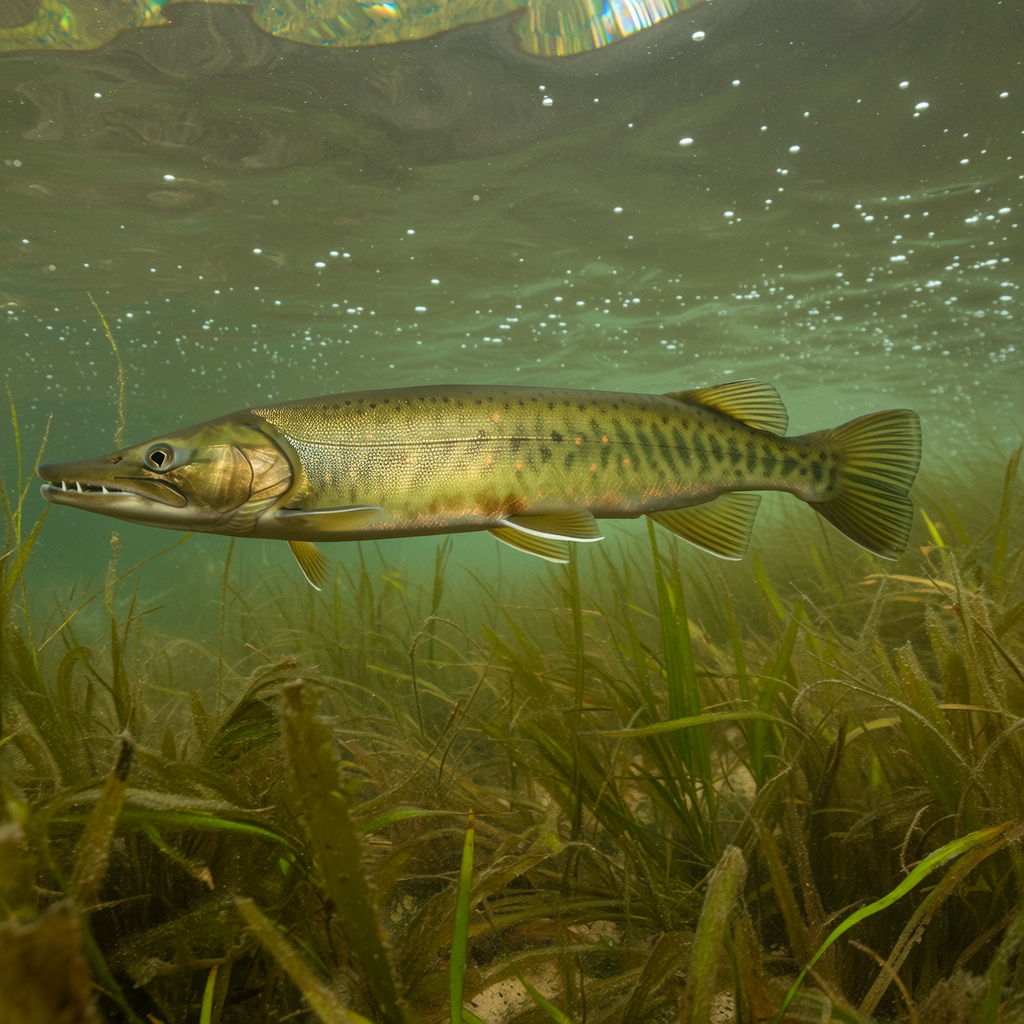The Croaker belongs to the Sciaenidae fish family and is found commonly in North and South America. This fish makes a unique croaking noise with its swim bladder. It has been given the name “Croaker”. This guide will teach you everything you need about this fascinating fish. In the following paragraphs, you will find out everything about Croaker, from its habitat to its food.
Croaker’s Physical Appearance
Croaker have a silvery-gray color and a white belly. They have a round, slightly protruding body with a lower jaw. The fins are usually transparent and have a black spot near the base of their pectoral fin. The name “Croaker” is also derived from the unique croaking noise that this fish makes using its swim bladder.
Habitat of the Croaker
Croaker can be found in both saltwater and freshwater habitats throughout North and South America. They prefer shallow, sandy, muddy bottoms and are usually found in estuaries and bays. They also thrive in brackish waters, which are a mixture of freshwater and saltwater.
Croaker Dietary Habits
Croaker are opportunistic eaters, and will eat any food available. They feed primarily on crustaceans and small fish. Croaker feed in a unique manner. They use their dorsal fen to stir up sediment at the bottom of the habitat, and then feed on the organisms which emerge.
Reproduction and Life Cycle
When the water is warm, croakers spawn. Females can lay up to one million eggs. The eggs hatch in two days. Croaker are relatively short-lived, with the majority living only up to five years.
Croaker fishing: Tips and Tricks
Croaker fishing can be a thrilling experience. Anglers can expect a tough fight from them. Live baits such as shrimp, squid or worms are one of the best ways to capture Croaker. You can also use lures like jigs and spoons. You should fish in areas where Croaker have been known to gather. This includes docks, bridges and piers.
Croaker – a culinary delight
Many seafood lovers enjoy cooking croaker. This fish has a firm flesh and a sweet taste. It holds up well to cooking. It can be seasoned to taste with a variety spices and herbs and is great for grilling, baking or frying. Croaker can also be found in many seafood dishes such as bouillabaisse or cioppino.
Croaker and the Environment
Croaker play a crucial role in maintaining the biodiversity of the ocean ecosystem. They are an important food source for larger fish, birds and marine mammals. Croaker populations, like those of many other fish species are threatened by overfishing and habitat destruction. To ensure the health of our oceans, it is vital to take steps to protect Croaker as well as other marine species.
In conclusion
The croaker is an interesting fish that is known for its unique sound and role in the marine eco-system. This guide will tell you everything you need about this fish, from its physical features to its dietary habits and culinary uses. We also examined the importance of protecting Croaker, its environment, and its physical appearance. We hope that you enjoyed reading this guide and learned a lot about this fascinating fish.




